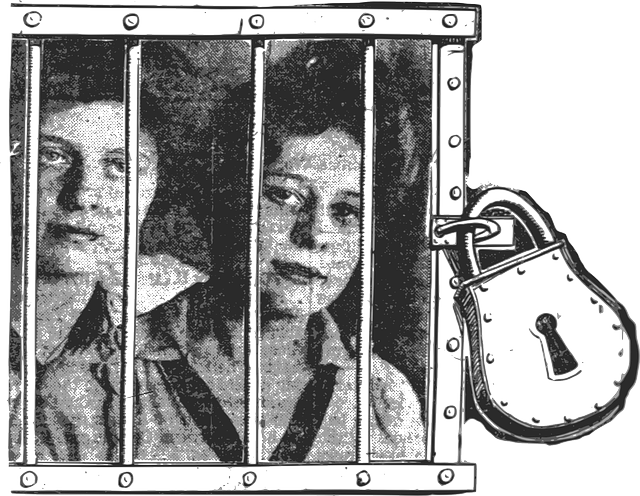When facing vehicle impoundment due to a DUI, understanding jurisdiction-specific laws is crucial. Release options include paying fines, attending educational programs, or doing community service. Alternative Transportation Options (ATOs) like public transit, ride-sharing services, or taxis can help maintain mobility while your vehicle is impounded. Consulting legal counsel specializing in DUI cases and gathering essential documents streamline the process. Contacting the impounding agency to express release intent and following their instructions, including paying fees and providing proof of financial responsibility, ensures a swift and efficient release. Utilizing ATOs alongside these steps guarantees quick access to your vehicle.
Facing a DUI and impounded vehicle can be overwhelming. This guide provides crucial insights into managing this complex situation. We’ll explore alternative transportation options available while you navigate the legal process, focusing on strategies for successful release. Understanding your rights and knowing the steps to take can significantly ease stress during this challenging time. Discover how to regain control with our comprehensive, step-by-step release process guide, emphasizing accessible Alternative Transportation Options.
- Understanding Impounded Vehicles and DUI Laws
- Exploring Alternative Transportation Options
- Navigating the Release Process: Step-by-Step Guide
Understanding Impounded Vehicles and DUI Laws

When a vehicle is impounded due to a DUI (Driving Under the Influence) offense, it’s important to grasp both the legal implications and available release options. Impounded vehicles refer to cars seized by law enforcement agencies as part of an investigation or after an arrest for drunk driving. This process is often governed by specific laws and regulations that vary by jurisdiction. Understanding these rules is crucial for anyone facing DUI charges and subsequent vehicle impoundment.
In many cases, individuals can release their impounded vehicles through various means, including paying fines, attending mandatory education programs, or participating in community service. Additionally, knowing about Alternative Transportation Options (ATOs) can be beneficial during this challenging time. These options may include arranging for alternative modes of transport, such as public transportation, ride-sharing services, or even taxi services, to help individuals maintain mobility while their vehicles are impounded.
Exploring Alternative Transportation Options

When facing impoundment due to a DUI, one of the immediate concerns is getting access to your vehicle as soon as possible. However, before diving into the release process, it’s crucial to explore alternative transportation options. This step not only helps in meeting legal obligations but also ensures you’re prepared for any future situations that might require similar arrangements.
Consider public transportation as a viable and often cost-effective solution. Many cities offer efficient bus, train, or metro systems that can help get you where you need to go. Additionally, ride-sharing services or taxi companies are readily available and can provide a convenient and reliable alternative. By considering these options beforehand, you’ll be better equipped to handle the aftermath of a DUI incident without the added stress of vehicle impoundment.
Navigating the Release Process: Step-by-Step Guide

Navigating the release process after your vehicle is impounded due to a DUI charge can be overwhelming, but understanding the steps involved can make this challenging time a bit smoother. First, secure legal counsel specializing in DUI cases and impoundment releases to guide you through the legalities. They will help determine if alternative transportation options, like arranging a ride with a friend or using public transit, are feasible while ensuring your rights are protected.
Next, gather essential documents such as identification, proof of insurance, and any court orders relevant to your case. Contact the impounding agency and express your intention to release the vehicle. They will provide specific instructions, which typically include paying impoundment fees and possibly demonstrating proof of financial responsibility or a valid reason for the initial impoundment. Following these steps diligently ensures a quicker release process and helps you regain access to your vehicle as promptly as possible.
Impounded vehicles due to DUI charges can be a stressful situation, but understanding your rights and exploring available options like alternative transportation services can significantly ease the burden. By familiarizing yourself with the release process and considering these alternative transport solutions, you can navigate this challenging time more smoothly. Remember, seeking professional help for both legal guidance and transportation needs is not only efficient but also ensures compliance with local DUI laws.






